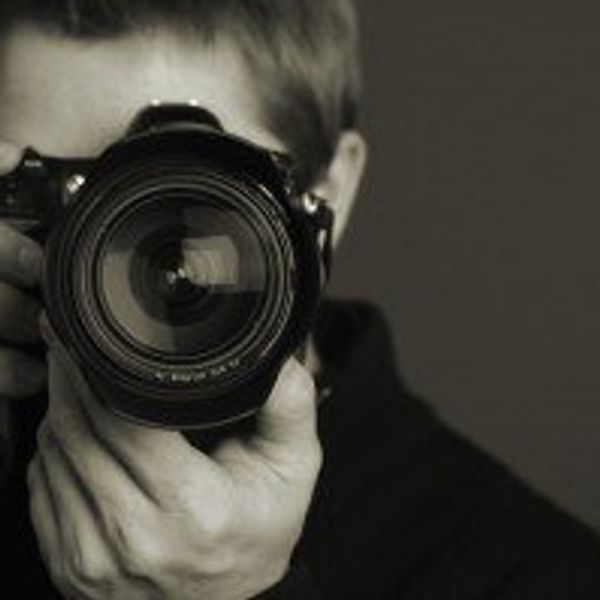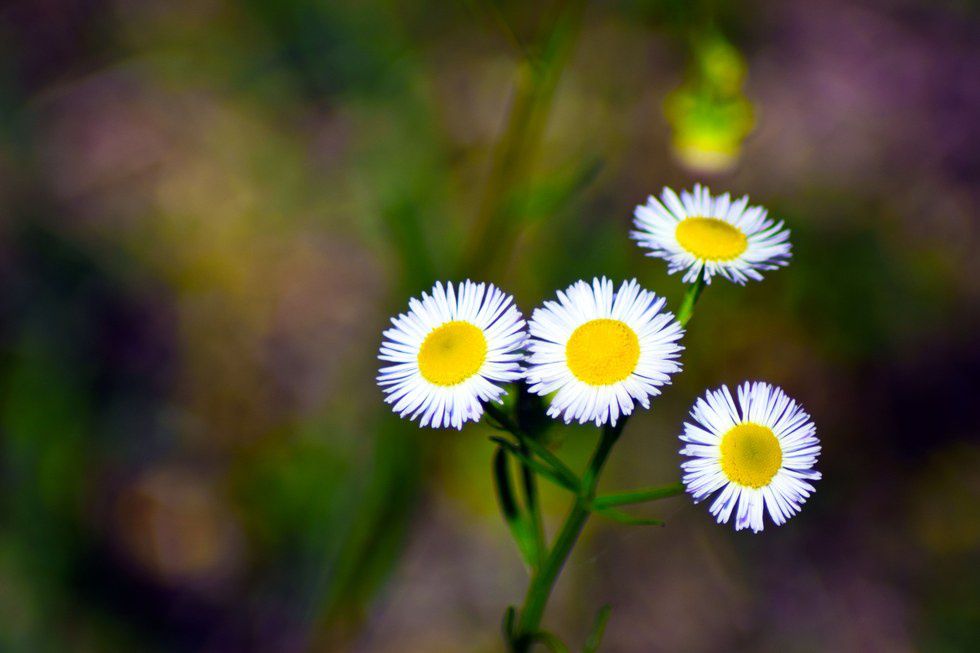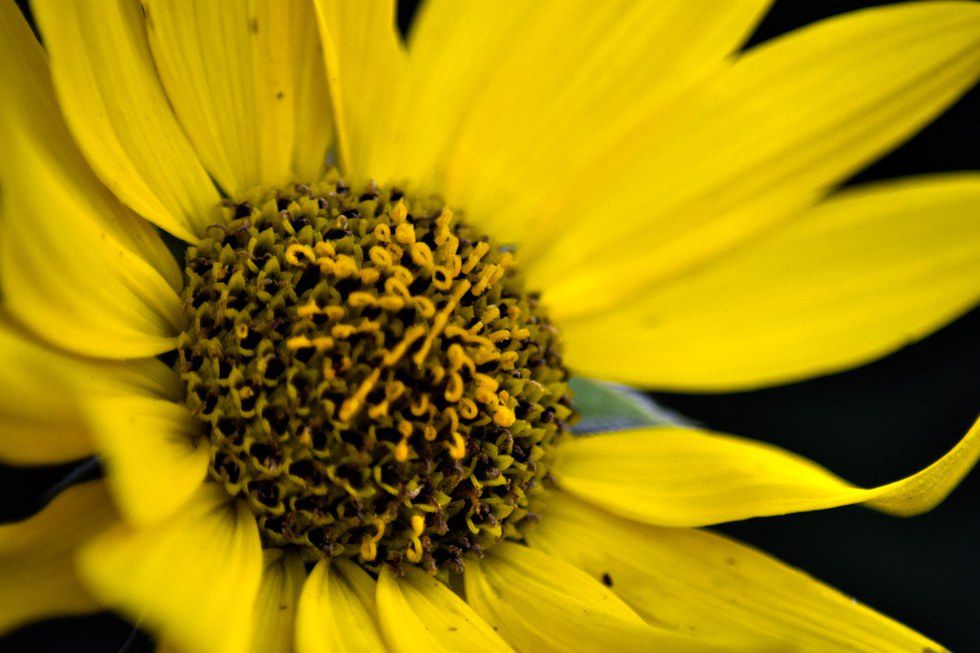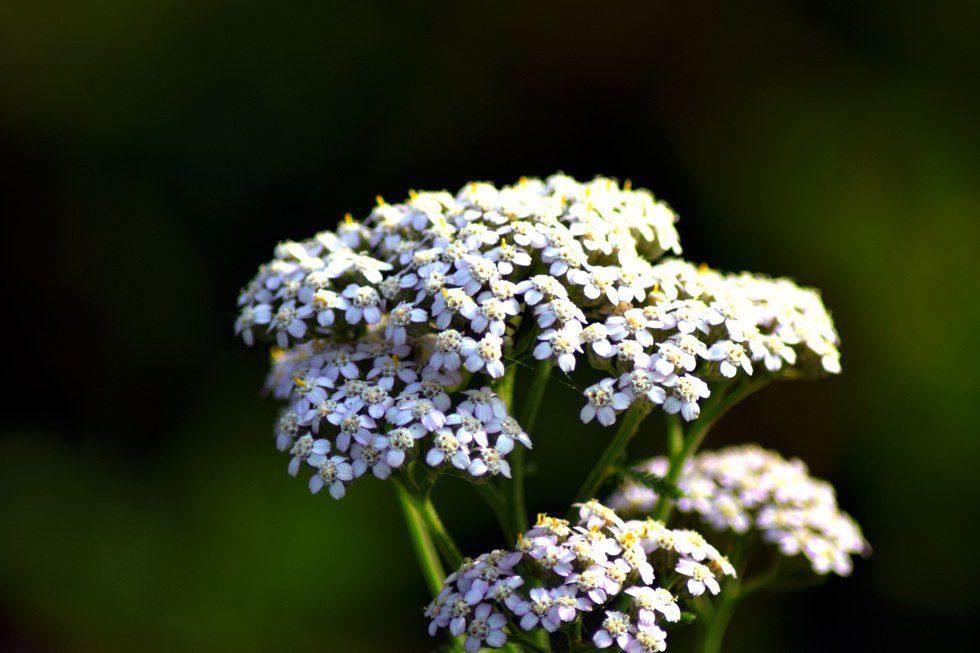The other day, I had a conversation with someone in one of my classes about photography. She told me she had interest in it, but she didn't know what to photograph. I asked her if she had a backyard. She told me she did, but it wasn't very big. "It doesn't matter," I told her, because she could find 30 good pictures in that space through macro photography.
Macro photography is the art of photographing very small objects. This past summer, my neighbors probably thought I was delusional because I would walk around with my camera aimed at the ground. I was photographing insects and flowers and bringing their small world into our big one. Macro photography might take some practice to get your technique down, but once you have it, you can take some really interesting shots.
Lens
You can use a kit lens for macro photography or invest in an expensive macro lens. My camera kit came with a telephoto lens with a macro setting that works perfectly for this kind of photography. It is the Tamron 70-100mm f/4.0-5.6 macro zoom lens. This lens is one of the cheapest of its kind and yields some crisp results.
Setting
(Photo caption: Some small flowers I captured in a field.)
Like I said, you can do macro photography nearly anywhere. I like to walk through a meadow heavy in grass and flowers or through a thick patch of bush. You run into some interesting plants and creatures that way. If you live in the city, look in the cracks of sidewalks or on the sides of buildings. You never know what form of life might crawl around in the tight spaces.
Subject
(Photo caption: Flowers have great textures and colors to photograph.)
As stated previously, I like to photograph insects and flowers. Flowers display variable textures and deep colors to bring into the big world. Insects are interesting, as well, because you can often capture the hairs and shiny parts on their bodies. Overall, it's best to look for repeating patterns and textures for macro photography.
Focus
(Photo caption: The focus was so crisp on this plant, you can see the spider webs on it.)
Good, crisp focusing is imperative when taking macro shots. I would leave manual focusing to the experts. Your camera's auto focus should work fine for macro pictures. Just be sure not to move too much when focusing and be at a distance that creates clarity.
Camera Settings
Your camera's automatic setting with flash should be good enough for most situations. Even if the lighting is really good, I recommend using flash. The flash will take away any dark spots and bring out the full beauty in your pictures.
Our big world is full of tiny worlds to discover. When you find them, make sure you have a camera and follow my tips and tricks.
For further reference, Tamron has a great video tutorial on YouTube, and if you need inspiration, check out these images.
























